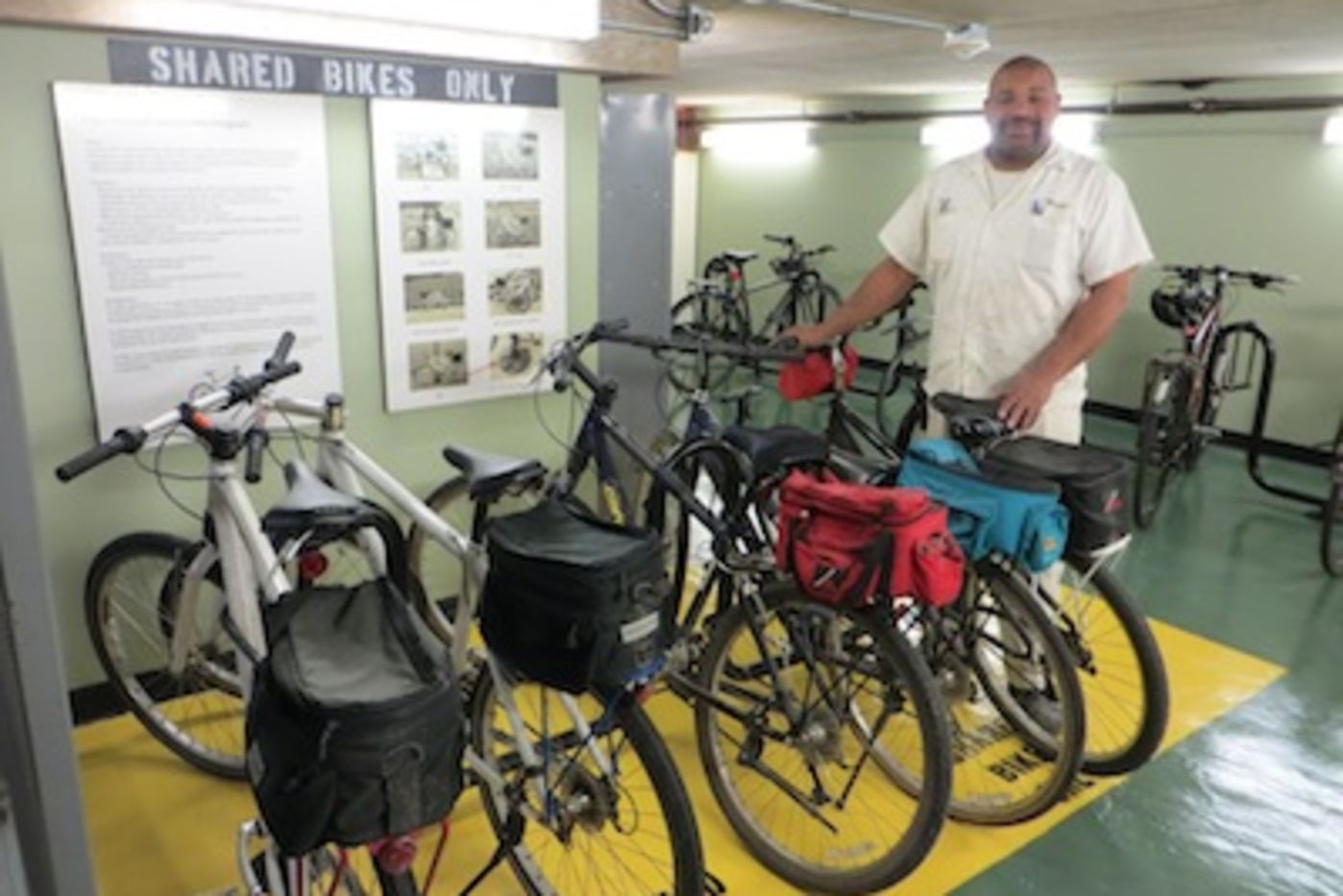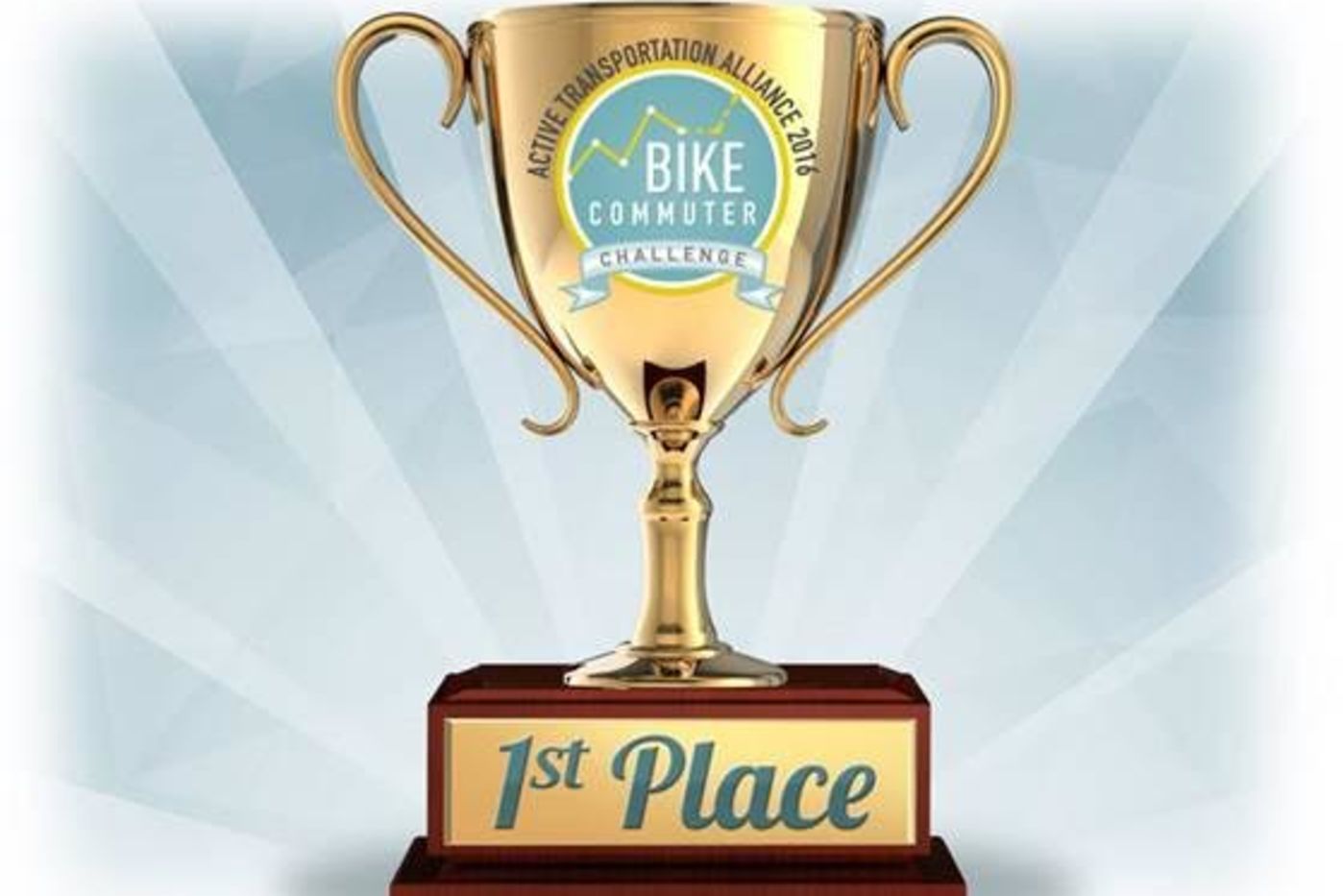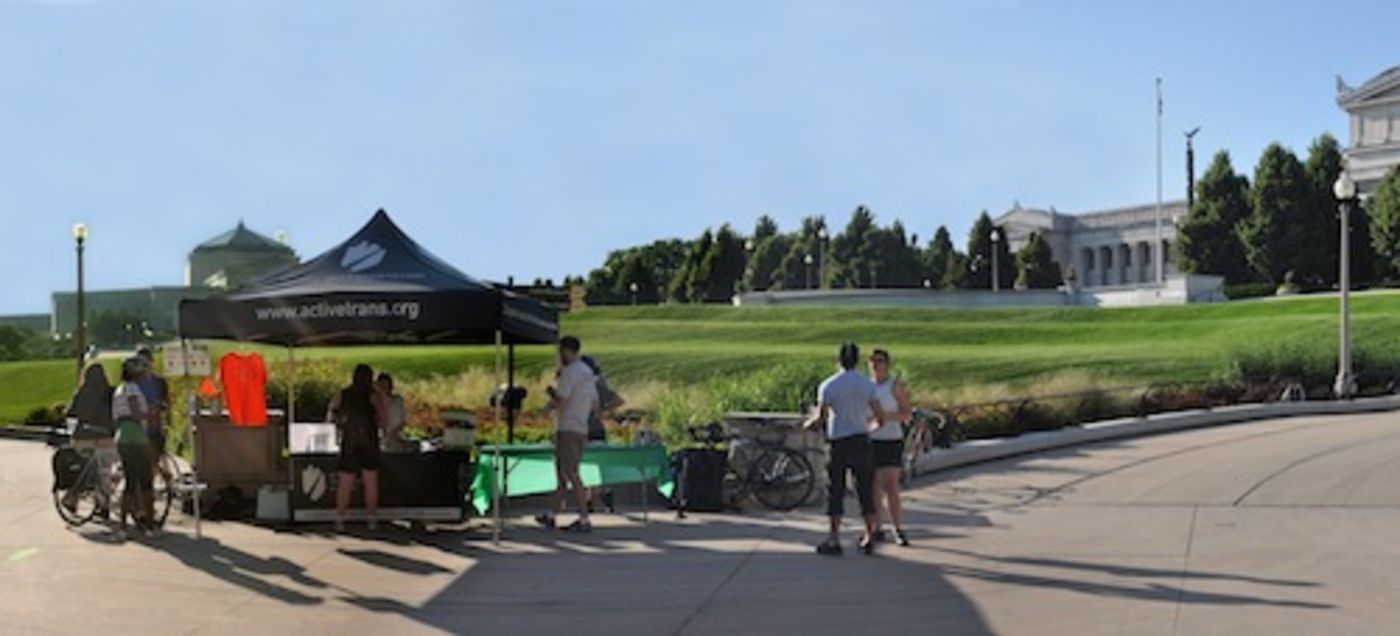Transportation is the second largest contributor of greenhouse gases in the United States (27% in 2013, surpassed only by electricity generation at 31%), and transportation is the largest end-use sector emitting CO2, the most prevalent greenhouse gas.
The Field Museum has a longstanding commitment to lower our staff’s transportation carbon footprint. In an effort to reduce single-occupancy vehicle commuting, The Field Museum encourages public transportation use by offering staff payroll deductions for transit fares, promotes bicycle commuting, and offers a subsidized membership in the Enterprise car sharing program.
The Museum strives to maximize its location along Chicago’s Lakefront Trail. The Lakefront Trail provides excellent access for bicycle commuting, and the completion of the Navy Pier Flyover project (slated for completion in 2018) will make the Museum even more accessible by bike. Additionally, a streetscaping project along Roosevelt Road east and west of Michigan Avenue has provided protected bike lanes (completed as of November, 2015) connecting the Museum Campus to the Roosevelt CTA station. These lanes make it safer and easier to commute by bicycle, and connect to the Divvy Bike Sharing station that was added to the southwest side of the Museum in 2014. There are additional Divvy stations near the Shedd Aquarium, Adler Planetarium, and the northern entrance to the Burnham Wildlife Corridor at McCormick Place. The Museum’s website also provides detailed directions to help the public to the Museum by train, bus, bike path and foot.
 The Museum also has an indoor, secure bicycle facility and showers for staff and volunteers, and was the first institution of its kind to develop a shared bikes program for staff; receiving wide press coverage and inquiries from municipalities and institutions across the country interested in duplicating the program. The Shared Bikes program went into effect in 2008, with the Museum providing five bicycles for staff to attend meetings off-site, run errands, or just get physical exercise. As of 2015, the Museum has modified the Shared Bikes program, now offering 3 bikes to free up additional storage space for bike commuters, a testament to the success of Chicago’s Divvy program. Wikipedia includes a reference to The Field Museum as early innovators in this field, see their page on bike sharing systems for more information.
The Museum also has an indoor, secure bicycle facility and showers for staff and volunteers, and was the first institution of its kind to develop a shared bikes program for staff; receiving wide press coverage and inquiries from municipalities and institutions across the country interested in duplicating the program. The Shared Bikes program went into effect in 2008, with the Museum providing five bicycles for staff to attend meetings off-site, run errands, or just get physical exercise. As of 2015, the Museum has modified the Shared Bikes program, now offering 3 bikes to free up additional storage space for bike commuters, a testament to the success of Chicago’s Divvy program. Wikipedia includes a reference to The Field Museum as early innovators in this field, see their page on bike sharing systems for more information.

Many of the Museum’s 500+ staff members commute to work by bicycle on a regular basis, and the Museum won the Active Transportation Alliance's Bicycle Commuter Challenge in the large non-profit category in 2017, with 65 staff logging 3,290 miles during June 16 - 30. The Field Museum has won 11 out of 12 years since first registering for the event in 2006.
As 20% of the Museum’s LEED points came from staff commuting behavior, creating and supporting a biking culture was instrumental in the Museum's 2015 LEED Gold certification in Existing Buildings: Operation and Maintenance. A Field Museum Commuter Survey conducted with the Metropolitan Planning Council in 2013 evaluated ways to improve transportation infrastructure on the Museum Campus for staff and volunteers. Of the 295 respondents (193 Museum employees and 102 Museum volunteers), 14 percent indicated that they use a bicycle as a regular mode of transportation to get to and from work. According to the League for American Bicyclists, a 2013 survey conducted by the U.S. Census Bureau found that while only 1.4 percent of Chicagoans used their bike for commuting, this represented a 389 percent increase from a survey done in the 1990’s. This is only a fraction of a percentage of The Field Museum staff and volunteers who used a bicycle to commute to and from the Museum in 2015, so continued progress is certainly achievable.

Learn more by visiting:
U.S. Environmental Protection Agency, Sources of Greenhouse Emissions
U.S. Department of Transportation, Transportation and Climate Change Clearinghouse
Chicago's public bike sharing system, Divvy
Chicago’s Department of Transportation offers two free pedestrian and bicycle safety Ambassador programs, request one at Safe Routes and Bicycling Ambassadors